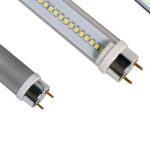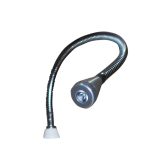How Many Watts Does a Single LED Light Consume: A Comprehensive Guide

LED lights have revolutionized the lighting industry with their energy efficiency, longevity, and low maintenance requirements. They are popularly used in homes, offices, commercial spaces, and even street lighting. However, one common question that arises when it comes to LED lighting is how many watts does a single LED light consume? Understanding the wattage consumption of LED lights is essential for homeowners, businesses, and industries to make informed decisions on energy consumption, cost savings, and environmental impact. In this comprehensive guide, we will delve into the world of LED lighting and explore the various factors that affect the wattage consumption of LED lights. In simple terms, wattage is the measurement of electrical power used by an appliance or device. LED lights consume less wattage compared to traditional lighting systems, making them a cost-effective and eco-friendly alternative. The wattage consumption of LED lights can vary depending on various factors such as the type of LED bulb, the color temperature, the lumens, and the voltage. In this guide, we will explain these factors in detail and provide practical tips on how to calculate the wattage consumption of LED lights, which can help you make informed decisions when it comes to lighting your space.
LED lights, or Light Emitting Diodes, are energy-efficient lighting devices that utilize a semiconductor material to produce light. These lights operate by passing an electric current through a tiny chip, which then emits light energy. LED lights consume significantly less electricity and last longer than traditional lighting sources, such as incandescent or fluorescent bulbs. They are available in a wide range of colors and brightness levels, making them popular for use in a variety of applications, from residential lighting to commercial and industrial settings. Additionally, LED lights are environmentally friendly due to their low energy consumption and lack of harmful chemicals, making them an excellent choice for those looking to reduce their carbon footprint.
In today’s world, LED lights have become increasingly important due to their numerous benefits. LED lights consume less energy and last longer compared to traditional incandescent bulbs, making them a more sustainable and cost-effective lighting solution. Moreover, LED lights emit less heat and are more durable, making them ideal for a variety of applications, including outdoor lighting, automotive lighting, and commercial lighting. The advanced technology used in LED lights also allows for greater control over lighting levels and color temperature, making them highly versatile and adaptable to different environments. Given their numerous advantages, the use of LED lights is expected to continue growing in the coming years, helping reduce energy consumption and promote a greener future.
Factors That Affect LED Light Consumption
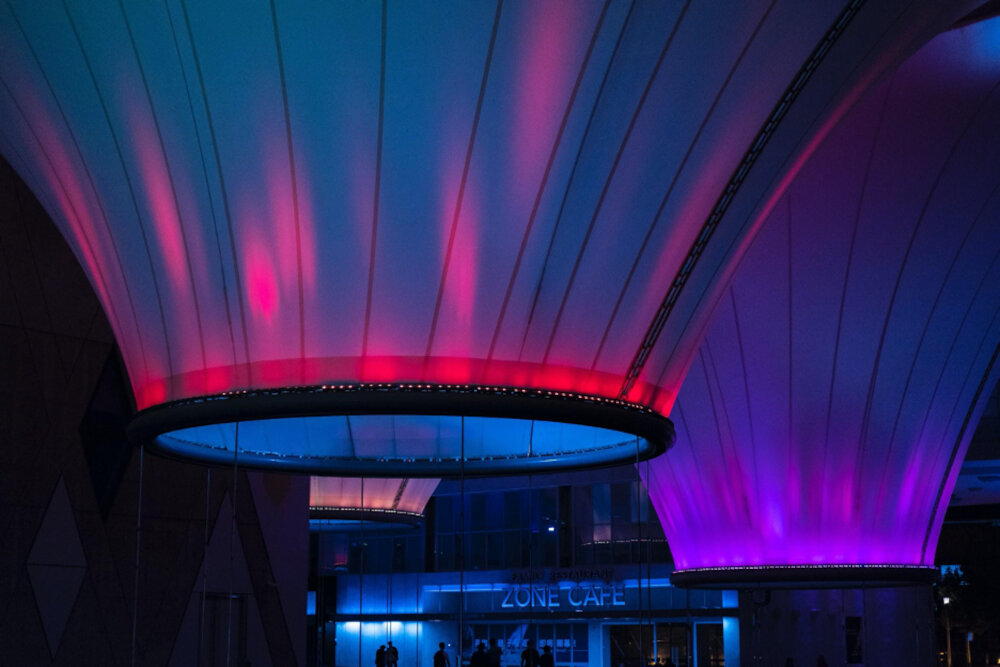
LED lights are known for being energy-efficient and consuming less electricity than traditional lighting sources. However, there are still factors that can affect LED light consumption. One of the most significant factors is the color temperature of the LED light. LED lights that emit cooler colors such as blue or white consume more energy than those that emit warmer colors such as yellow or red. This is because cooler colors require more energy to produce, resulting in higher energy consumption. Additionally, the brightness of the LED light can also affect its energy consumption. Brighter LED lights require more energy to produce and therefore consume more electricity than dimmer LED lights. It is important to consider the color temperature and brightness of LED lights when choosing which ones to use in order to minimize energy consumption and maximize efficiency. Another factor that can affect LED light consumption is the type of driver used. LED lights require drivers to convert AC power to DC power. The type of driver used can impact the efficiency of the LED light and its energy consumption. Constant voltage drivers are the most common type of driver used for LED lights and are typically less efficient than constant current drivers. Constant current drivers ensure that the LED light receives a consistent and optimal amount of current, resulting in less energy waste and lower energy consumption. When choosing LED lights, it is important to consider the type of driver used and opt for constant current drivers whenever possible to reduce energy consumption and increase efficiency.
The brightness of an LED light is determined by the amount of power it consumes, which is measured in watts. LED lights are known for their energy efficiency, and they consume significantly less power than traditional incandescent bulbs. The brightness of an LED light is measured in lumens, and it can vary depending on the type of LED light and its wattage. Generally, the higher the wattage of an LED light, the brighter it will be. However, it’s important to note that there are other factors that can affect the brightness of an LED light, such as the color temperature and the lens used. When choosing an LED light, it’s important to consider both the wattage and the lumens to ensure that you get the right level of brightness for your needs.
Color temperature is a crucial factor to consider when choosing LED lights. It refers to the color of the light produced by the bulb and is measured in Kelvin (K). The lower the Kelvin number, the warmer the light emitted, while the higher the Kelvin number, the cooler the light. A warm light is typically around 2700K, which gives off a yellowish glow that resembles traditional incandescent bulbs. Cool light, on the other hand, is around 5000K and higher, producing a bright, bluish-white color that is often used in workspaces or outdoor areas. It’s essential to choose the right color temperature for your needs to ensure a comfortable and visually appealing lighting experience.
The efficiency of an LED driver is a crucial factor in determining the energy consumption of LED lights. An efficient LED driver ensures that the LED light operates at its optimal level of luminosity, while minimizing energy wastage. The efficiency of an LED driver is determined by its power conversion efficiency and its ability to regulate the current and voltage supplied to the LED. Drivers with higher conversion efficiency can convert more of the input power into light output, reducing energy wastage and increasing the lifespan of the LED. In addition, the driver’s ability to regulate the current and voltage supplied to the LED can ensure consistent and stable performance, further increasing the energy efficiency of the LED light. It is therefore important to choose an LED driver that is highly efficient, to maximize the energy savings and environmental benefits of using LED lights.
Operating temperature is an important consideration when it comes to LED lights. The temperature at which an LED operates can affect its performance and lifespan, making it crucial to choose the right LED for the right application. LEDs are designed to operate within a specific temperature range, usually between -40°C to 85°C. Going beyond this range can affect the LED’s brightness, color, and overall performance, leading to a shorter lifespan. It is also essential to consider the ambient temperature in which the LED will be installed, as it can affect the LED’s operating temperature. Installing an LED in a hot environment can cause it to overheat, reducing its performance and lifespan, while installing it in a cold environment can cause it to take longer to warm up and reach its peak performance. Thus, understanding the operating temperature of an LED is crucial to ensuring optimal performance and longevity.
Calculating LED Light Consumption
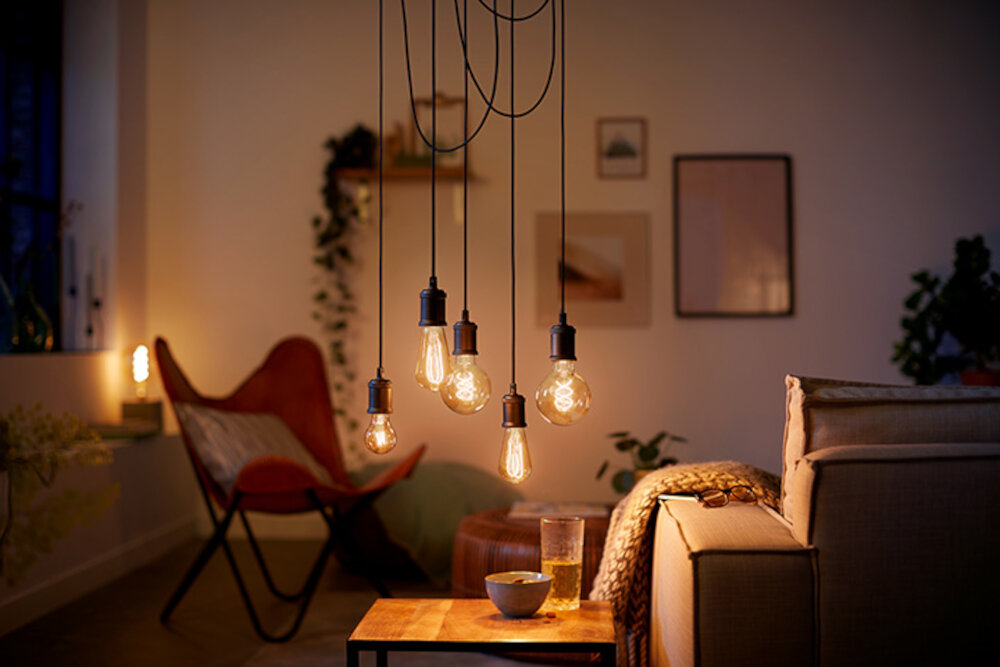
LED lights are a popular choice for lighting fixtures because they are more energy-efficient and longer-lasting than traditional lighting sources. However, it can be challenging to determine how much electricity an LED light consumes, as it depends on several factors such as the wattage, voltage, and hours of usage. To calculate the LED light consumption, one needs to consider the wattage of the LED, which is typically listed on the packaging or label. The wattage of the LED refers to the amount of power it requires to operate, and it can range from 1 watt to 100 watts or more, depending on the size and brightness of the LED. Once the wattage of the LED is known, the next step is to multiply it by the number of hours the light will be used each day. For instance, if an LED light has a wattage of 10 watts and is used for five hours a day, the daily consumption of the LED light would be 50 watt-hours. To determine the monthly consumption of the LED light, multiply the daily consumption by the number of days in a month. By calculating the LED light consumption accurately, one can determine how much electricity the LED light will consume and estimate the cost of running it. Ultimately, understanding the LED light consumption can help one make informed decisions about energy consumption and cost savings.
The wattage rating is a crucial factor to consider when it comes to determining how much power an LED light consumes. It reflects the amount of energy that the light bulb requires to function effectively. Typically, LED light bulbs are more energy-efficient compared to traditional incandescent bulbs. The wattage rating of an LED bulb indicates the amount of electricity it uses per hour. It’s essential to check the rating before purchasing an LED light to ensure that it’s compatible with the electrical system in your home or office. By choosing a light bulb with the appropriate wattage rating, you can save on your energy bills and reduce your carbon footprint.
The lumens rating is an important factor to consider when choosing LED lights. Lumens refer to the amount of visible light emitted by the bulb, and it is a more accurate measure of brightness than watts. LED lights are highly efficient and can produce a high lumen output while consuming fewer watts of energy. Therefore, a higher lumens rating does not necessarily mean higher energy consumption. It is recommended to choose LED lights with a lumens rating that matches the intended use, such as brighter lights for task-oriented areas and dimmer lights for relaxation spaces. By using the lumens rating, consumers can make informed decisions and save energy and money in the long run.
The amperage rating plays a critical role in determining the power consumption of an LED light. It specifies the amount of electrical current that flows through the LED circuit, which directly influences the energy usage and heat dissipation of the light. Most LED lights have an amperage rating ranging between 0.01 to 0.5 amps, which translates to a power consumption of 0.1 to 5 watts, depending on the voltage supplied. It is essential to consider the amperage rating when choosing an LED light for your home or office, as it helps you determine the energy efficiency and the appropriate power supply for the light. Moreover, it is crucial to ensure that the amperage rating does not exceed the maximum allowable capacity of the wiring and electrical components to avoid electrical hazards and damage to the LED light.
Comparison of LED Light Consumption with Other Light Sources
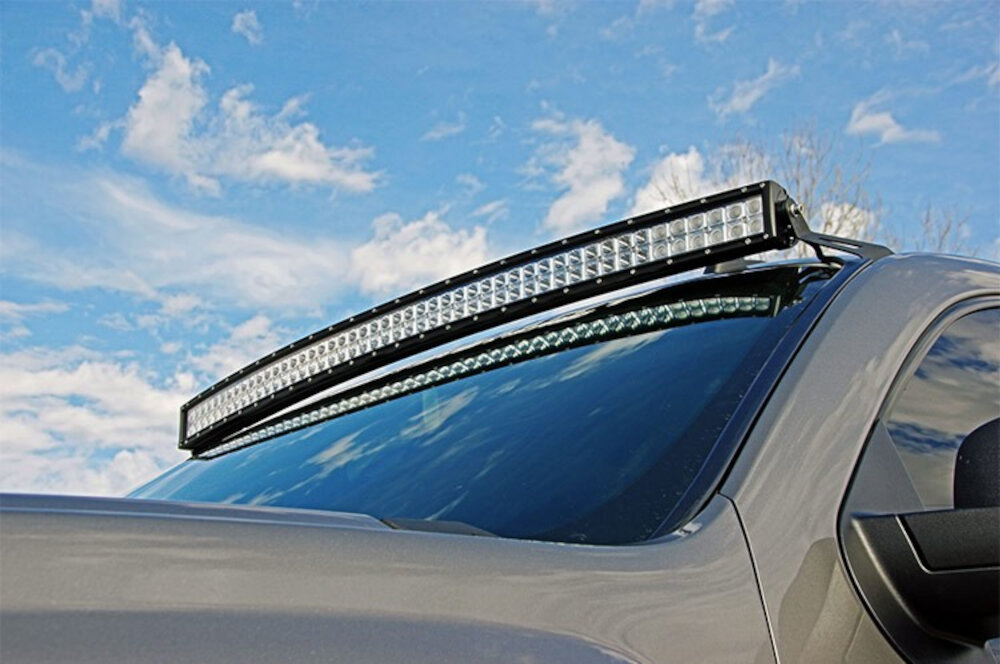
LED or Light-Emitting Diode is a revolutionary lighting technology that has gained immense popularity in recent years due to its energy efficiency and eco-friendliness. Compared to other light sources, LED lights consume significantly less power while emitting the same amount of light. For example, a 60-watt incandescent bulb can be replaced by a 9-watt LED bulb, which consumes only 15% of the energy consumed by its incandescent counterpart. Similarly, a 13-watt CFL bulb can be replaced by a 7-watt LED bulb, which consumes only 54% of the energy consumed by the former. This means that by switching to LED lights, you can significantly reduce your energy consumption, which not only saves you money on your energy bills but also helps you contribute to a greener environment. Another advantage of LED lights is that they have a longer lifespan than other light sources. LED lights can last up to 50,000 hours, which is almost 50 times longer than an incandescent bulb and 25 times longer than a CFL bulb. This means that you won’t have to replace your LED lights as often, which not only saves you money but also reduces the amount of waste that goes into landfills. Moreover, LED lights are more durable and resistant to shock and vibration than other light sources, making them ideal for outdoor and industrial applications. Overall, the comparison of LED light consumption with other light sources clearly shows that LED lights are the best choice for those who want to save energy, money, and the environment.
Incandescent bulbs are a type of light bulb that use a filament, typically made of tungsten, which is heated by an electric current until it glows and produces light. They are known for their warm and bright light, but are also notorious for their inefficiency, as they waste a lot of energy as heat rather than light. In fact, only about 10% of the energy consumed by an incandescent bulb is converted into visible light, with the rest being lost as heat. As a result, incandescent bulbs have largely been phased out in favor of more energy-efficient alternatives, such as LED lights, which consume far less energy and last much longer.
Compact fluorescent lamps (CFLs) are a type of energy-efficient lighting technology that has been gaining popularity in recent years. Unlike traditional incandescent bulbs, CFLs use a fraction of the energy to produce the same amount of light, making them a more environmentally-friendly and cost-effective option. CFLs work by using an electric current to excite mercury vapor inside the bulb, which then emits ultraviolet light that is converted into visible light by a phosphorescent coating on the inside of the bulb. While CFLs were initially criticized for their slow warm-up time and the presence of small amounts of mercury, advances in technology have made them a viable and attractive option for those looking to reduce their energy consumption and carbon footprint.
High-intensity discharge (HID) lamps are a type of lighting technology that has been used for decades, particularly in large outdoor areas such as parking lots, highways, and sports fields. HID lamps work by passing an electric current through a gas or vapor, which creates a plasma that emits light. These lamps are known for their high efficiency and long lifespan, making them a popular choice for commercial and industrial lighting applications. However, HID lamps typically consume more energy than LED lights and require a warm-up time to reach full brightness. As LED technology has continued to advance, many businesses and organizations have begun to replace their HID lamps with LED lights to save on energy costs and improve overall lighting quality.
Benefits of LED Lights
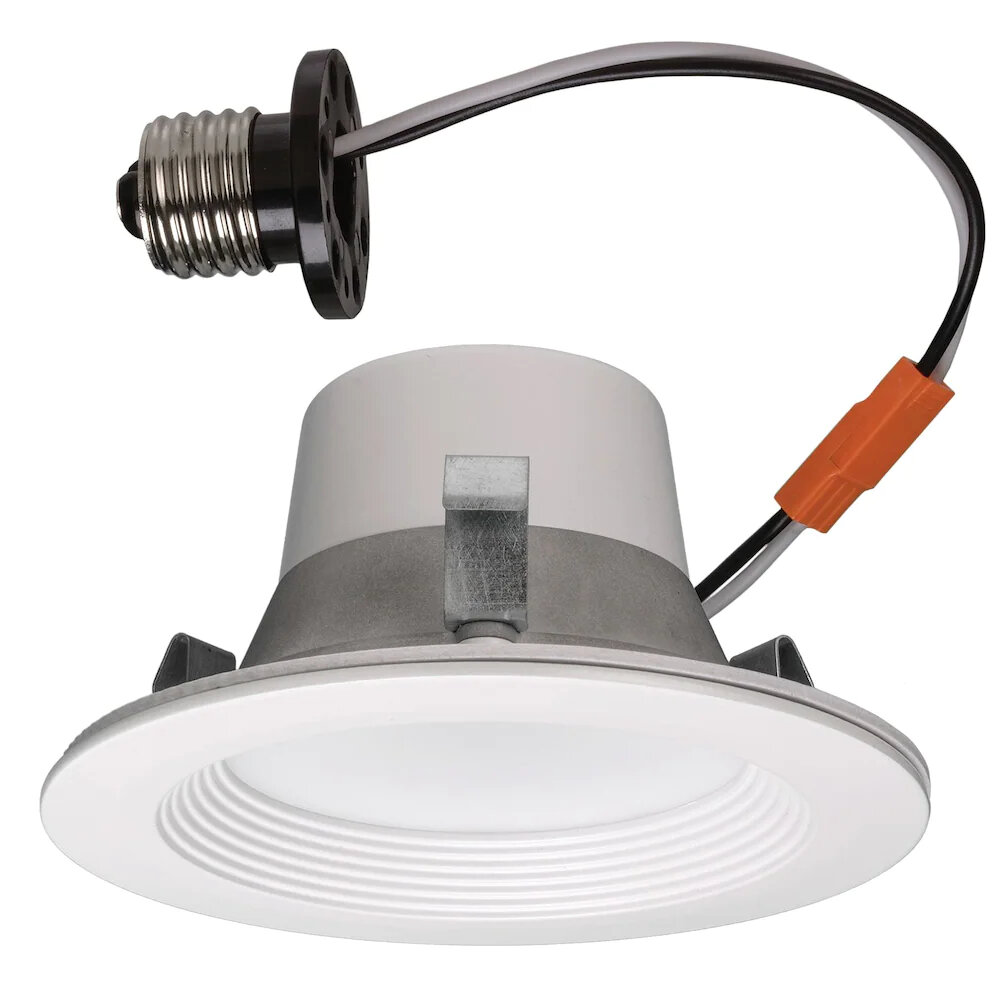
LED lights have become increasingly popular in recent years due to their numerous benefits. One significant advantage of LED lights is their energy efficiency. Compared to traditional incandescent bulbs, LED lights consume less energy, which means they require lower wattage to produce the same amount of light. This energy efficiency not only saves money on electricity bills but also reduces the carbon footprint of households and businesses. Moreover, LED lights have a longer lifespan than incandescent bulbs, which means they need to be replaced less frequently, reducing waste and ultimately saving money. Additionally, LED lights emit less heat than incandescent bulbs, making them a safer option for lighting fixtures. Another benefit of LED lights is their versatility. LED lights come in a range of colors, shapes, and sizes, making them suitable for a variety of applications. For example, LED lights can be used for outdoor lighting, indoor lighting, and even automotive lighting. Moreover, LED lights are dimmable, which means they can be adjusted to create the desired ambiance or mood. Additionally, LED lights are available in a range of color temperatures, from warm white to cool white, allowing users to choose the shade of light that best fits their needs. This versatility makes LED lights a popular choice for both residential and commercial lighting applications.
Energy efficiency is a crucial aspect of sustainable living, especially in today’s world where energy consumption is at an all-time high. LED lights are one of the most energy-efficient lighting options available on the market today. They consume significantly less power than traditional incandescent or fluorescent bulbs, making them an ideal choice for those looking to reduce their energy consumption and lower their electricity bills. Not only do LED lights save energy, but they also last longer, produce less heat, and are more environmentally friendly than other lighting options. By choosing LED lights, consumers can save money, reduce their carbon footprint, and contribute to a more sustainable future.
While discussing LED lights, it’s worth noting their impressive lifespan. Unlike traditional light bulbs, LED lights can last for an extended period of time, up to 50,000 hours or more. This is due to their unique design, which allows them to operate at a lower temperature and with greater energy efficiency. LED lights also don’t have a filament that can burn out, which is a common issue with incandescent bulbs. This increased lifespan not only saves money in the long run but also reduces waste as fewer bulbs need to be replaced over time.
One of the most significant advantages of LED lights is their low heat emission. Unlike traditional incandescent bulbs, which emit a significant amount of heat, LED lights produce very little heat. This is due to their energy-efficient design, which converts a higher percentage of electrical energy into light, rather than heat. The low heat emission of LEDs not only makes them safer to use, but it also makes them more efficient. By minimizing wasted energy in the form of heat, LED lights can save you money on your energy bill while providing a bright and long-lasting light source. Additionally, their low heat emission makes them ideal for use in enclosed spaces or places where heat can be a safety concern, such as in lighting fixtures within a cabinet or near flammable materials.
When discussing the energy consumption of LED lights, it is important to consider their environmental impact. LED lights are known for being environmentally friendly because they consume less energy and have a longer lifespan compared to traditional incandescent bulbs. This means they produce less carbon emissions and ultimately reduce our carbon footprint. In addition, LED lights do not contain harmful substances like mercury, which can be found in other types of light bulbs. Overall, choosing LED lights is a simple yet effective way to reduce our impact on the environment and promote sustainability.
The article \How Many Watts Does a Single LED Light Consume – A Comprehensive Guide\ provides detailed information about LED lights and their energy consumption. It explains that LED lights are energy-efficient and consume less power compared to traditional bulbs. The article also delves into the factors that affect the consumption of LED lights, such as the color temperature, lumens, and the size and shape of the bulb. Furthermore, it highlights the importance of understanding lumens per watt and how it can help consumers choose the right LED light for their needs. Overall, the article is a valuable resource for anyone looking to reduce their energy consumption and make informed decisions when choosing LED lights.
When it comes to LED light usage, there are a few recommendations to keep in mind. First and foremost, it’s important to choose the right wattage for your needs. LED lights come in a variety of wattages, from as low as 1 watt to as high as 100 watts or more. Choosing the right wattage for your space can help you save energy and money. Additionally, it’s important to consider the color temperature of your LED lights. Lower color temperatures (around 2700-3000K) are best for creating a warm and cozy atmosphere, while higher color temperatures (around 5000-6500K) are better suited for task lighting and creating a bright, energizing environment. Finally, be sure to choose high-quality LED lights from reputable manufacturers to ensure optimal performance and longevity.
Conclusion
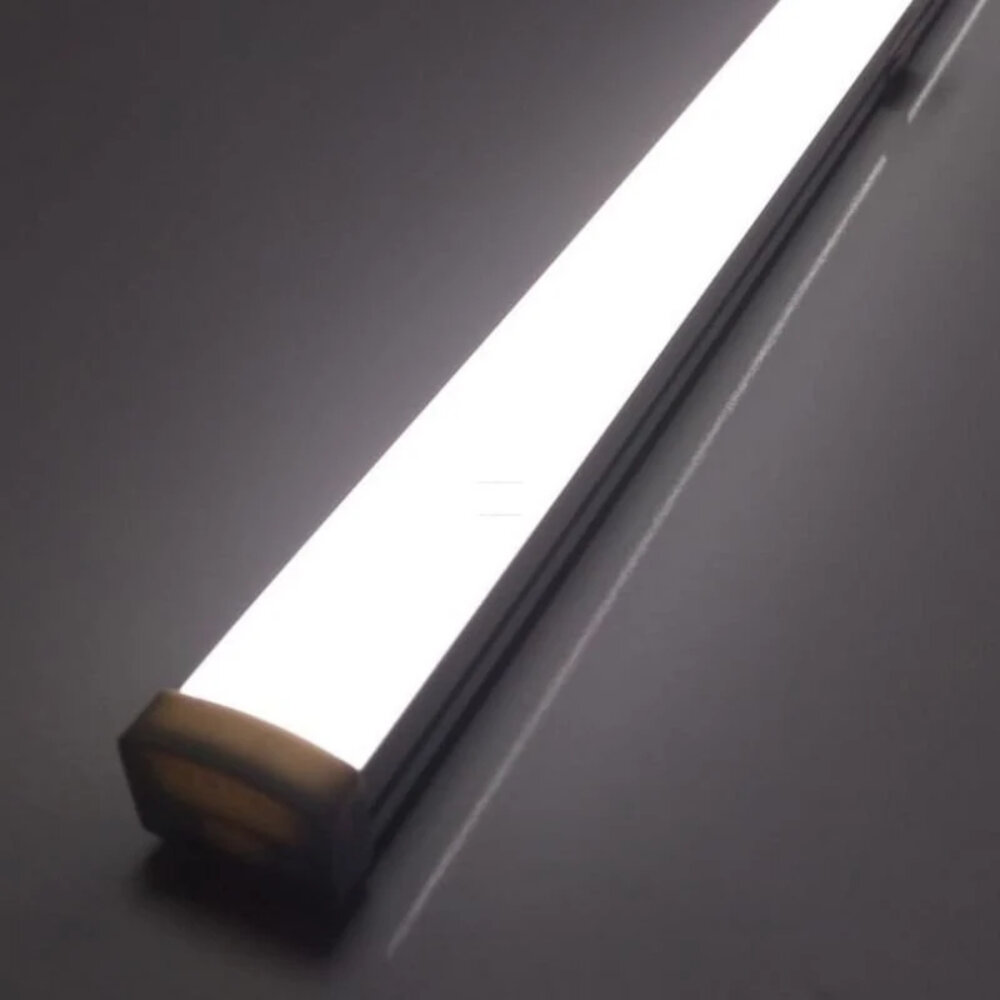
In conclusion, understanding the wattage consumption of a single LED light is crucial in making informed decisions when it comes to lighting choices. LED lights are energy-efficient and consume significantly less power compared to traditional incandescent bulbs. The wattage consumption of an LED light can vary depending on its brightness, color temperature, and size. It is important to choose the appropriate wattage and lumens output for your lighting needs to ensure maximum energy savings and optimal lighting performance. With advancements in technology, LED lights have become a popular and sustainable lighting solution for homes, businesses, and industries. By choosing LED lights, we can reduce our carbon footprint and contribute to a more sustainable future.


